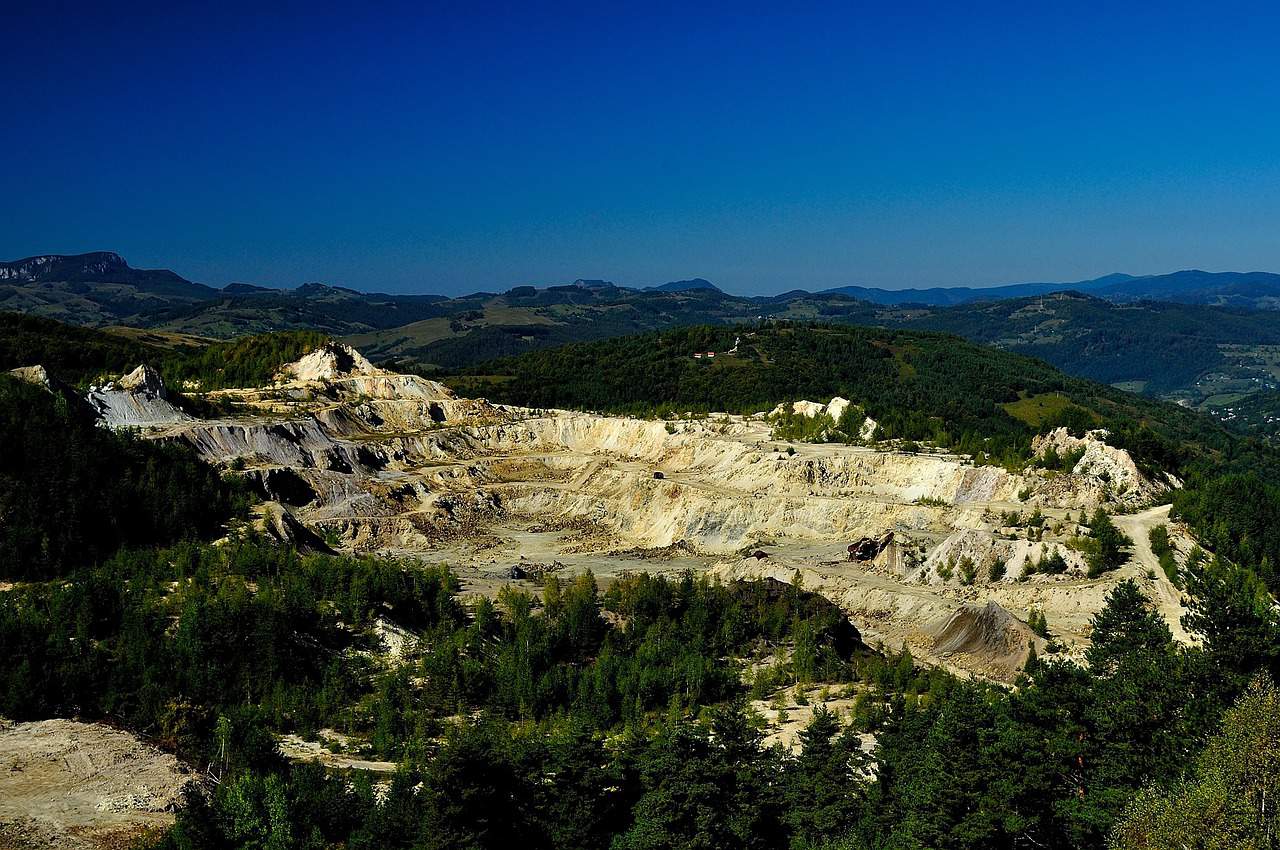There is a broad range of environmental damage caused by mining operations on top of deforestation.
Deforestation in tropical nations has deprived vast territories of wildlife habitats and carbon sinks, but logging and land clearning aren’t the only activities that are posing a threat to remaining forests.
In Indonesia, a country that still boasts plenty of tropical forest cover, nearly 60% of deforestation is driven by industrial mining. Out of 26 nations examined by researchers, the Southeast Asian nation was most affected my mining in forested areas, but Brazil, Ghana and Suriname are likewise badly impacted.
The researchers reached this conclusion by comparing the geographic coordinates of industrial mines in operation from 2000 to 2019 with data on forest loss from the Global Forest Change dataset for 26 countries where nearly 77% of all deforestation in the tropics took place during the same period.
Although artisanal, small-scale and illicit mining operations also cause grave harm to the environment, the scientists focused on industrial-scale mining in their research.
They found that in the Indonesian province of East Kalimantan, which lost a fifth of its forest cover in those two decades, coal mining drove mining-related deforestation. At the same time, in the Brazilian state of Minas Gerais it was mining for iron ore and gold that dominated while bauxite and gold mining were predominant in Ghana and Suriname.
Beyond the direct impacts on deforestation, more than two-thirds of the countries in the study showed excessive harm to the environment within a larger 50-kilometer radius around mines.
“Against the rapidly growing demands for minerals, in particular for metals for renewable energy and e-mobility technologies, government and industry policies must take into account both the direct and indirect impacts of extraction,” stresses Anthony Bebbington, a professor of environment and society at Clark University’s Graduate School of Geography who was an author of the study.
“Addressing these impacts is an important tool for conserving tropical forests and protecting the livelihoods of communities who live in these forests,” Bebbington adds.
In Indonesia, Brazil and Ghana, tropical deforestation from industrial mining peaked between 2010 and 2014 but it still carries on, further reducing forest cover and damaging local ecosystems in other ways.
“Coal mining in Indonesia in particular doubled in this time period as output grew to match increased demand from China and India,” the scientists note. The province of East Kalimantan is the center of coal mining in the country where a large new city is being built where a tropical forest once stood.
“There is a broad range of environmental damage caused by mining operations on top of deforestation, including destruction of ecosystems, loss of biodiversity, disruption of water sources, the production of hazardous waste and pollution,” explains Stefan Giljum, an associate professor at the Institute for Ecological Economics at the Vienna University of Economics and Business.
“Government permits should take all of this into account: an industrial mine can easily disrupt both landscapes and ecosystems. Industrial mining remains a hidden weakness in their strategies to minimize environmental impacts,” he notes.
Hariadi Kartodihardjo, a professor of forest policy at Bogor Agricultural University in Indonesia, concurs by explaining that “these findings emphasize the continued need for strong land use planning to ensure mining does not destroy forests or violate community rights.”
This story first appeared on Sustainability Times
© 2022 Sustainability Times.
This article is licensed under a Creative Commons Attribution-ShareAlike 4.0 SA International License.












